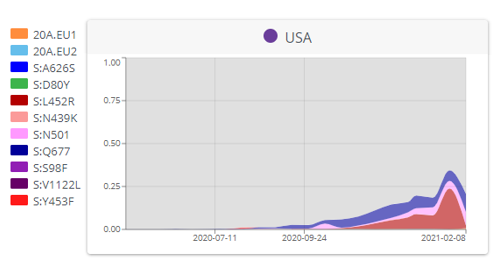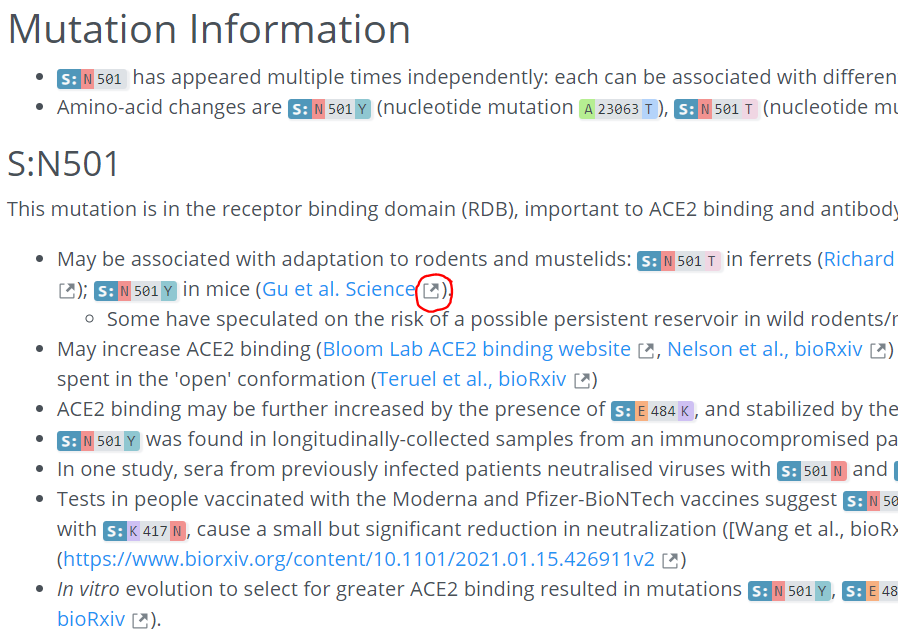
🗓️CoVariants.org is now updated to data from 11 Mar!🗓️
Plus, 2 new variants, and new additions to the Shared Mutations page!
⚙️The builds are already updated and live!🔍
1/4
Plus, 2 new variants, and new additions to the Shared Mutations page!
⚙️The builds are already updated and live!🔍
1/4
First, the S:Q677 USA variants S:677H (Robin1) and S:677P (Pelican) are added to the lists of variants & Per Country plots.
These variants arose at the end of 2020 & are found across the US, but prominently in the north-central & south-central USA (respectively).
2/4

These variants arose at the end of 2020 & are found across the US, but prominently in the north-central & south-central USA (respectively).
2/4


We know the Shared Mutations table has been helpful for many people to compare Spike mutations shared between Variants - & now it's got even more variants! 🎉
Sort by commonness or position & see what keeps popping up.
We aim to add even more soon!
3/4
covariants.org/shared-mutatio…
Sort by commonness or position & see what keeps popping up.
We aim to add even more soon!
3/4
covariants.org/shared-mutatio…

Finally, a tiny but happy celebration for 20E (EU1), which now has a proper badge just like its siblings 🥳
As always, thanks to @ivan_aksamentov who endlessly ensures that all I envisage for CoVariants becomes a reality!
4/4
As always, thanks to @ivan_aksamentov who endlessly ensures that all I envisage for CoVariants becomes a reality!
4/4

• • •
Missing some Tweet in this thread? You can try to
force a refresh














